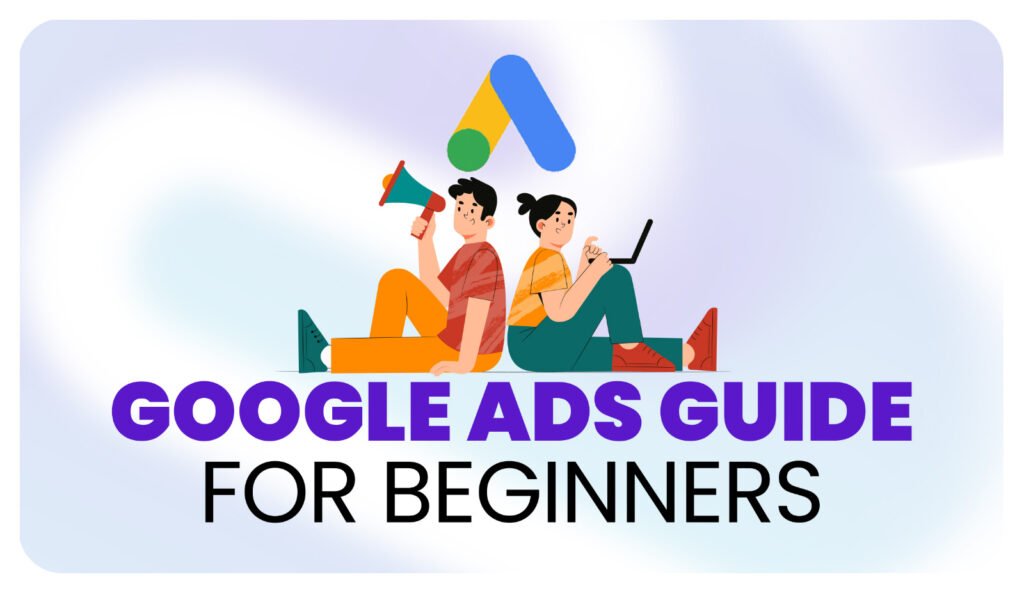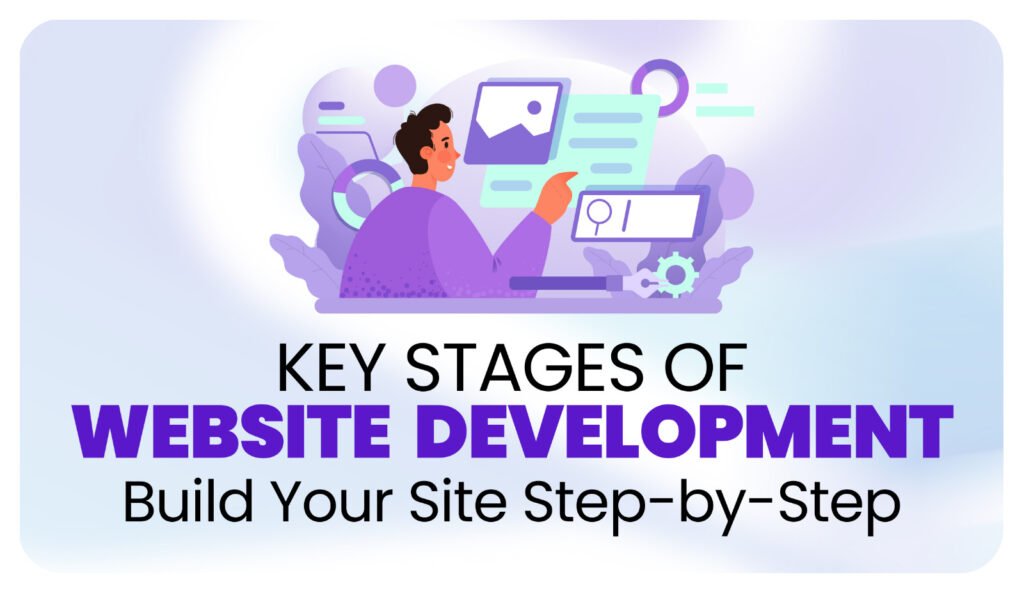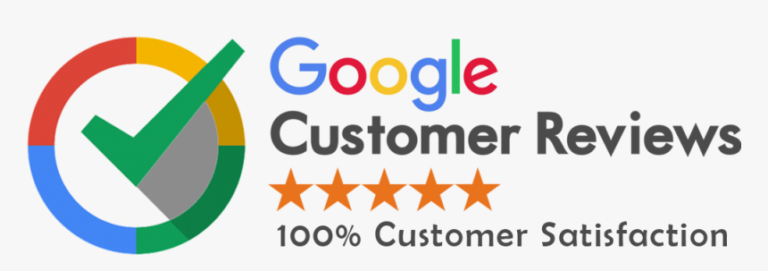Google Ads for Beginners
Google Ads, formerly known as Google AdWords, is popular among digital marketing companies as a vital tool to help businesses interact with potential customers. From a local shop that wants to target its community to an eCommerce company that wants to increase its market coverage, Google Ads has it all. It is even easier in 2024, with newer updates and features, to start with Google Ads even if you are a complete beginner. This Blog will provide you with a detailed snapshot to follow when executing Google Ads campaigns. What is Google Ads? Google Ads is an internet marketing service provided by Google, which largely enables businesses to advertise through Google search and other websites such as YouTube and Google Network. The latter is a pay-per-click model, PPC, whereby the advertiser pays for the extent of each click depending on the chosen keyword. Why Use Google Ads in 2024? Google has remained supreme as the leading search engine in the World serving billions of users per day. Google Ads enables advertisers to direct their promotional messages to specific customers by using such features as audience demographics, keywords, and geographic location, among others. Here’s why it stands out: Getting Started with Google Ads Step 1: Setting Up Your Account First, go to the Google Ads website landing page and sign in using your Google account credentials. The first time that you want to run a campaign on Google, there are some basic steps that Google will help guide you on. Step 2: Choosing the Right Campaign Type Google Ads currently has several campaign options available to advertisers, and each meets different business needs. For beginners, understanding which one fits your needs is crucial: Step 3: Keyword Research Keywords are possibly the most central elements of Google Ads. These are the words that people type at the Google search and your ad will appear when someone types that word or phrase in Google. There are many keyword research tools available, of which, Google Keyword Planner is the most useful one and readily available from Google Ads. Tips for Keyword Selection: Step 4: Crafting Your Ads It is a must to keep your ad copy short and relevant while communicating a message to the target audience. A typical search ad consists of: Setting Up Budgets and Bidding Step 1: Daily Budget Google Ads enables advertisers to set a maximum spending limit per day of each campaign. For the first rung on the ladder, it’s recommended to allocate a small amount of money and increase it as the necessary data is accumulated, and experience is gained. Step 2: Bidding Strategies Google Ads offers several bidding options: Maximize Clicks or Enhanced CPC is often a correct option for inexperienced persons as a starting point until some experience and more adequate information are collected about the particular campaign. Monitoring and Optimizing Your Campaigns Starting your campaign is one thing; it is another thing entirely to get it started. However, it is usual to control and monitor the process so that you can achieve the optimum performance. Key Metrics to Monitor: Optimization Tips: Common Mistakes to Avoid While Google Ads is an effective platform, beginners often make some common mistakes that can waste their budget: Final Thoughts Google Ads is effective, yet constantly managed, monitored, and optimized, and it can effectively bring significant results in advertising. From the campaign creation to the usage of more complex features, you are fully equipped to embrace your target market and ensure great business outcomes. Leverage the automated and machine learning capabilities started in 2024 and use the mode of trial in implementing and optimizing your campaigns further.







